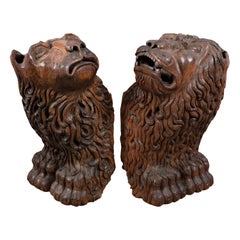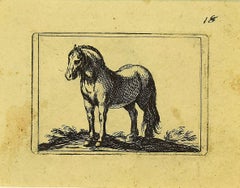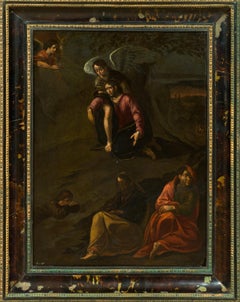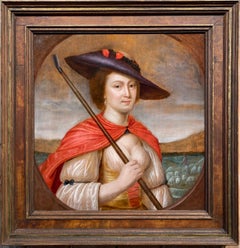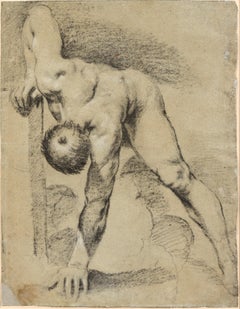Early 17th Century Art
Baroque Early 17th Century Art
Wood
Early 17th Century Art
Etching
Old Masters Early 17th Century Art
Slate
Dutch School Early 17th Century Art
Oak, Oil
Early 17th Century Art
Etching
Old Masters Early 17th Century Art
Chalk, Charcoal
Old Masters Early 17th Century Art
Etching, Aquatint
Early 17th Century Art
Etching
Early 17th Century Art
Etching
Baroque Early 17th Century Art
Paper, Pen
Old Masters Early 17th Century Art
Copper
Old Masters Early 17th Century Art
Handmade Paper
Old Masters Early 17th Century Art
Oil
Early 17th Century Art
Oak, Oil
Old Masters Early 17th Century Art
Ink, Watercolor
Old Masters Early 17th Century Art
Oil, Canvas
Baroque Early 17th Century Art
Paper, Pen
Early 17th Century Art
Etching
Old Masters Early 17th Century Art
Oil
Old Masters Early 17th Century Art
Etching
Baroque Early 17th Century Art
Canvas, Oil
Old Masters Early 17th Century Art
Canvas, Oil
Old Masters Early 17th Century Art
Etching
Other Art Style Early 17th Century Art
Oil
Folk Art Early 17th Century Art
Textile, Wood
Old Masters Early 17th Century Art
Oil, Panel
Old Masters Early 17th Century Art
Canvas, Oil
Neo-Expressionist Early 17th Century Art
Engraving
Baroque Early 17th Century Art
Wood
Early 17th Century Art
Etching
Early 17th Century Art
Etching
Early 17th Century Art
Etching
Renaissance Early 17th Century Art
Oil
Old Masters Early 17th Century Art
Engraving
Old Masters Early 17th Century Art
Copper
Old Masters Early 17th Century Art
Oil, Board
Early 17th Century Art
Canvas, Oil
Old Masters Early 17th Century Art
Oak, Oil
Baroque Early 17th Century Art
Oil
Baroque Early 17th Century Art
Oil, Board
Old Masters Early 17th Century Art
Oil, Wood Panel
Old Masters Early 17th Century Art
Etching
Old Masters Early 17th Century Art
Laid Paper, Engraving, Etching
Old Masters Early 17th Century Art
Laid Paper, Engraving, Etching
Old Masters Early 17th Century Art
Oil, Wood Panel
Old Masters Early 17th Century Art
Oil, Wood Panel
Old Masters Early 17th Century Art
Engraving
Modern Early 17th Century Art
Lithograph
Old Masters Early 17th Century Art
Engraving
Old Masters Early 17th Century Art
Handmade Paper, Laid Paper, Etching
Old Masters Early 17th Century Art
Oak, Oil
Naturalistic Early 17th Century Art
Engraving
Early 17th Century Art
Engraving
Academic Early 17th Century Art
Oil
Abstract Early 17th Century Art
Canvas, Charcoal, Found Objects, Archival Ink, Acrylic, Archival Paper, ...
Old Masters Early 17th Century Art
Laid Paper, Engraving
Naturalistic Early 17th Century Art
Engraving
Old Masters Early 17th Century Art
Handmade Paper, Laid Paper, Engraving
Old Masters Early 17th Century Art
Woodcut
Realist Early 17th Century Art
Engraving
Flemish School Early 17th Century Art
Laid Paper, Etching
Old Masters Early 17th Century Art
Etching
Early 17th Century Art
Etching
Baroque Early 17th Century Art
Marble
Old Masters Early 17th Century Art
Chalk
Baroque Early 17th Century Art
Marble
Early 17th Century Art
Engraving
